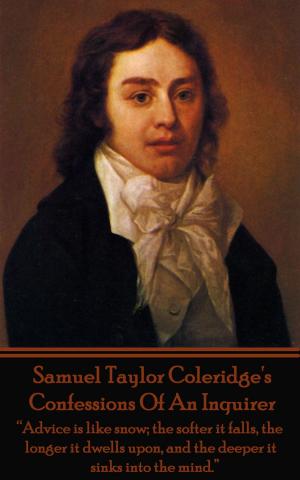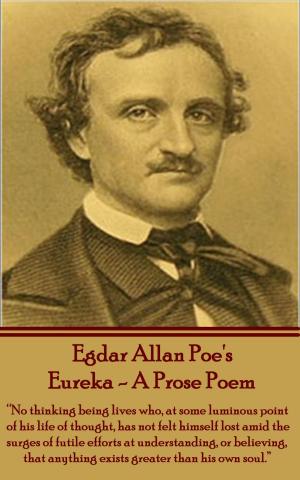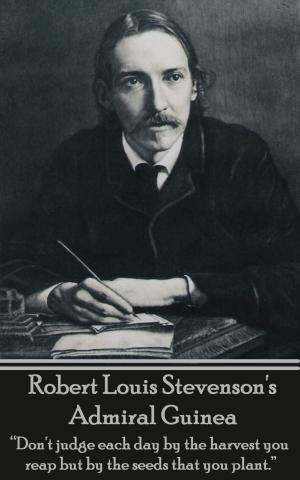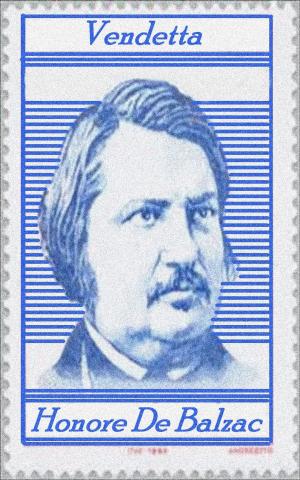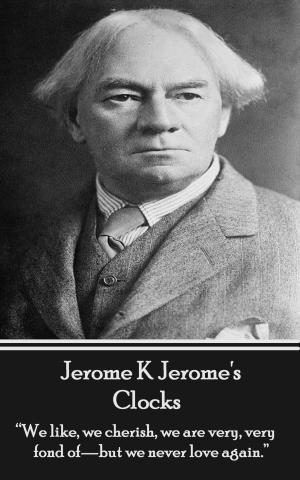| Author: | Charles Dickens | ISBN: | 9781780006376 |
| Publisher: | A Word To The Wise | Publication: | December 15, 2009 |
| Imprint: | Language: | English |
| Author: | Charles Dickens |
| ISBN: | 9781780006376 |
| Publisher: | A Word To The Wise |
| Publication: | December 15, 2009 |
| Imprint: | |
| Language: | English |
Sketches of Young Gentlemen is a collection of texts that was first published anonymously by the renowned Victorian novelist Charles Dickens. It came at a time when Dickens was only an enthusiastic young writer right after the phenomenal success of The Pickwick Papers and Sketches by Boz. Dedicated to The Young Ladies of the United Kingdom of Great Britain as well as to other young ladies, Sketches of Young Gentlemen scrutinizes in a very witty and humorous fashion certain familiar characteristics of Victorian men and women. Indeed, the sketches center around certain social stereotypes developed by the author. They are given titles like The Bashful Young Gentleman, The Out-and-Out Young Gentleman, The Literary Young Lady, etc. Generally, the sketches examine the behavior of such characters and study the Victorian manners and conventions related to gender roles and to love relations through combining satire with comic effects. One can still enjoy the dexterous painting of such stereotypes though they belong to a different age. The narratorial style is rather experimental and shows a young writer striving to refine his skills. To modern readers, these sketches reveal a hidden facet of the great Victorian novelist as they give a glimpse of his little-known beginnings.
Sketches of Young Gentlemen is a collection of texts that was first published anonymously by the renowned Victorian novelist Charles Dickens. It came at a time when Dickens was only an enthusiastic young writer right after the phenomenal success of The Pickwick Papers and Sketches by Boz. Dedicated to The Young Ladies of the United Kingdom of Great Britain as well as to other young ladies, Sketches of Young Gentlemen scrutinizes in a very witty and humorous fashion certain familiar characteristics of Victorian men and women. Indeed, the sketches center around certain social stereotypes developed by the author. They are given titles like The Bashful Young Gentleman, The Out-and-Out Young Gentleman, The Literary Young Lady, etc. Generally, the sketches examine the behavior of such characters and study the Victorian manners and conventions related to gender roles and to love relations through combining satire with comic effects. One can still enjoy the dexterous painting of such stereotypes though they belong to a different age. The narratorial style is rather experimental and shows a young writer striving to refine his skills. To modern readers, these sketches reveal a hidden facet of the great Victorian novelist as they give a glimpse of his little-known beginnings.



